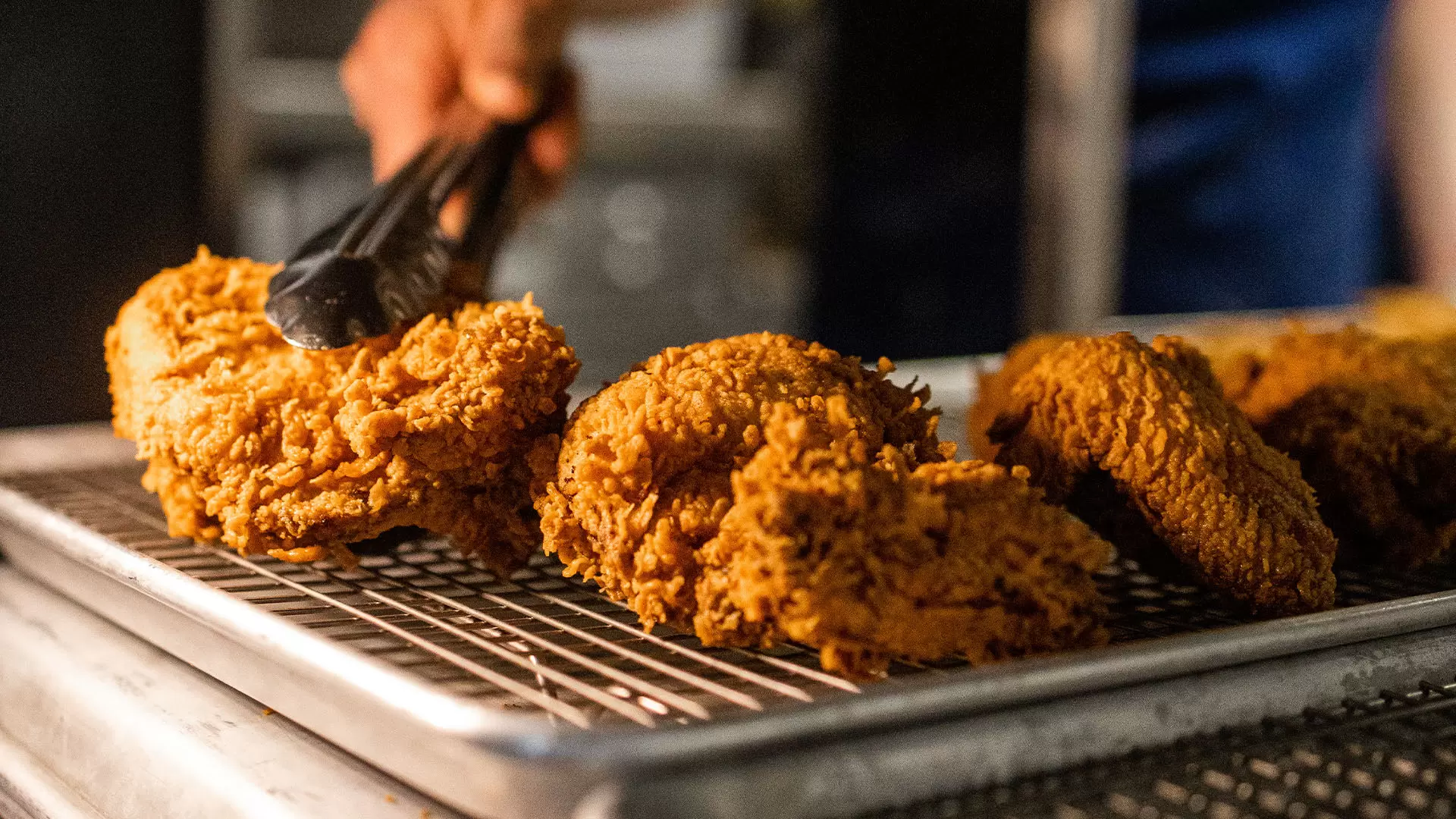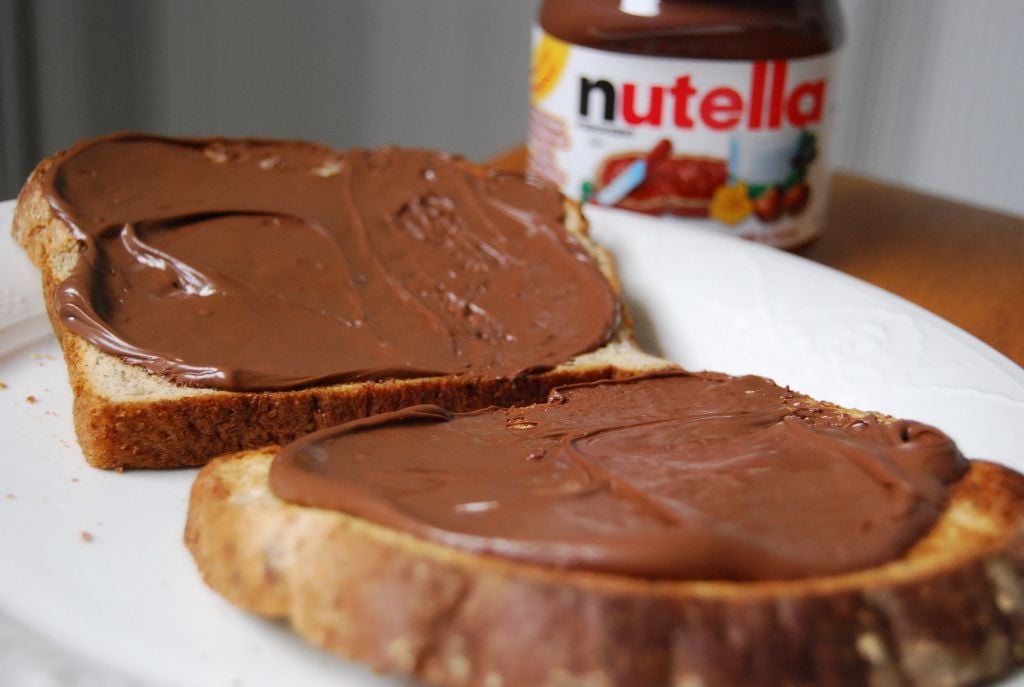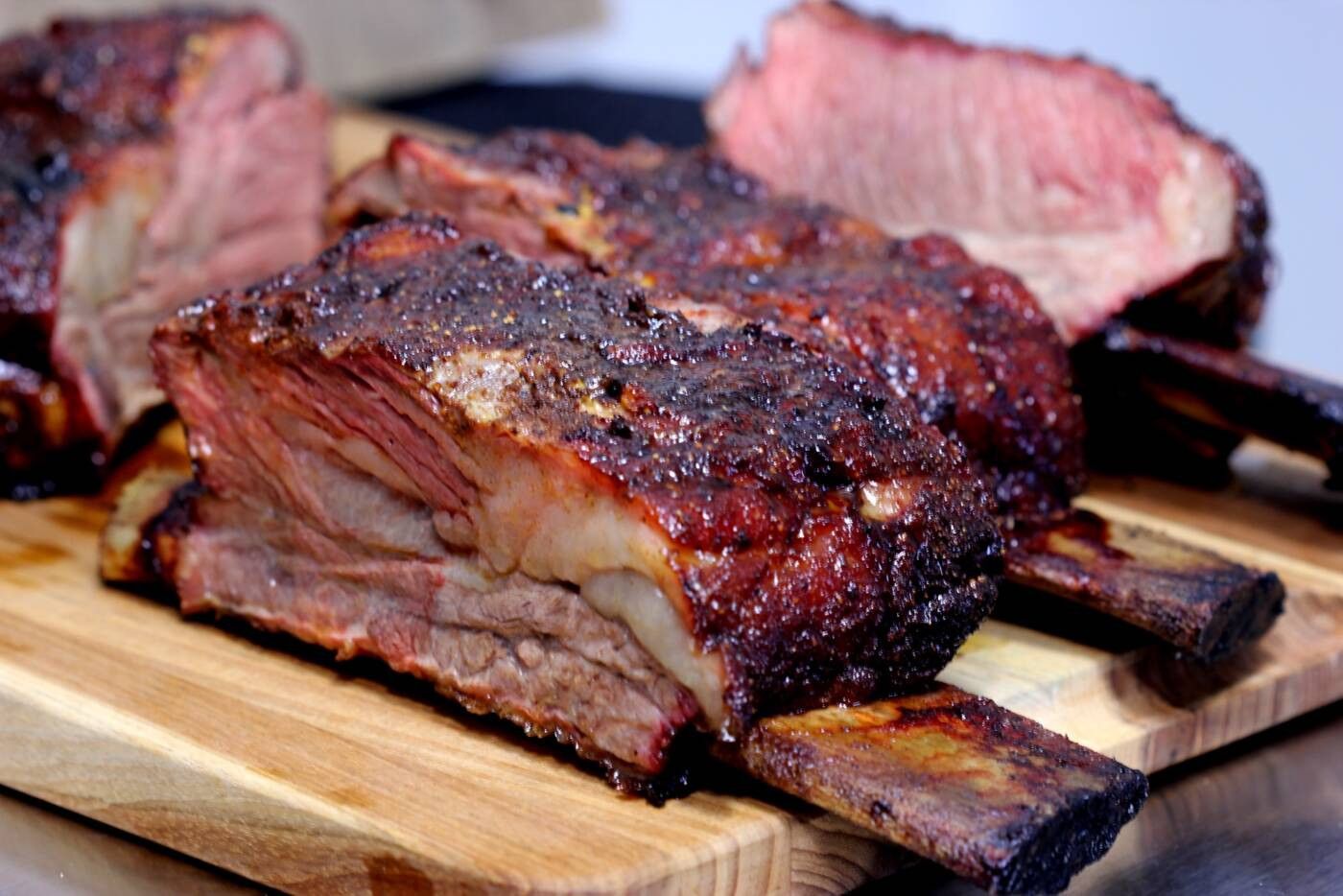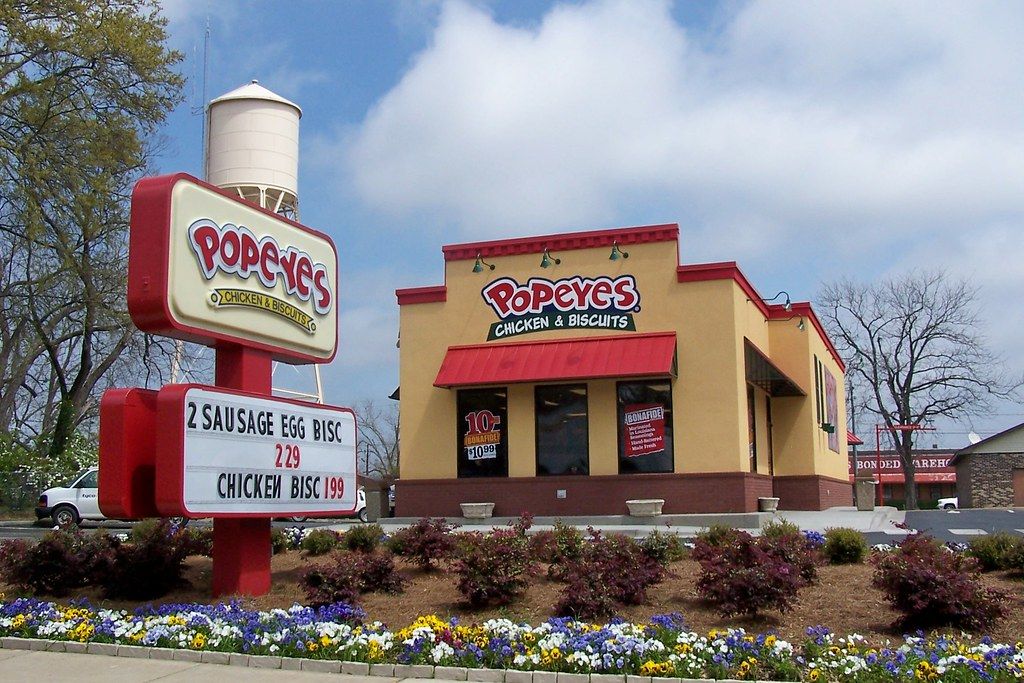
Reinventing Prosecco: Terroir Versus Technology
- Jul 22, 2025
Prosecco’s birthplace hails from the beautiful hillside towns of Conegliano and Valdobbiadene, noted for their Prosecco DOCG wines. Unlike most well-known wine regions, Prosecco's beginnings did not anchor on the discovery of exceptional terroir but rather on technology and innovative production techniques. The Charmat method, yielding sparkling wine through second fermentation in stainless steel tanks instead of bottles, gave Prosecco its start.
In recent times, with the rising worldwide popularity of economical Prosecco DOC wines, Conegliano Valdobbiadene Prosecco DOCG producers are resorting to a focus on terroir as a distinctive element. However, is it harmonious to associate terroir with a wine that built its reputation on technology?
"Prosecco is the only sparkling wine that doesn't want to be Champagne," advocated Gianluca Bisol, the president and global ambassador of Bisol 1542 winery. Back in 1895, the Martinotti method for creating sparkling wines-formed by Federico Martinotti-allowed faster, cheaper production. This method was later polished by French agricultural engineer Eugène Charmat, and today it shapes the fresh style of Prosecco sparkling wines.
Thanks to evolving technology, Italian farmers discovered that the Friuli-Venezia Giulia region's Glera variety was perfect for Prosecco production. The Glera grape's high acidity and slightly floral characteristics blend perfectly with tank fermentation.
Within the seemingly infinite expansion of the Prosecco DOC territory came the abundant production of affordable Prosecco. Consequently, DOCG producers are now attempting to distinguish themselves by directing attention towards terrains.
Bisol contends that his grandfather shifted focus to defining terroir as early as the 1970s, and claims to have established the initial "cru" of Prosecco. Bisol's winery showcases bottles representing different soils, such as Crede derived from clay, along with rive-identified wines, and a signature Valdobbiadene Superiore di Cartizze.
A new breed of winemakers, such as Cristina Adami of Adami winery, are working towards understanding their land better through detailed soil analysis. Anna Nardi, third-generation at the Perlage winery, adds that the organic wine production trend is still limited to a mere 5% of producers in the region. Yet, Perlage continues to push boundaries, becoming one of the first Italian wineries to achieve B Corp Certification in 2016.
Respected winemaker Claudio Francavilla at Antica Quercia, emphasizes that the Glera grape- the cornerstone of Prosecco-embodies the essence of terroir. Through continuous experimentation with various production techniques and fermentation methods, Francavilla and his peers seek insights into the potential of the Glera grape.
Francavilla asserts that capturing a sense of place in traditional Prosecco DOC wines is a tangible achievement. Giovanni Saverio Selvestri, incoming manager at Collalto winery believes that the Charmat method remains crucial in producing Prosecco's signature fresh, fruity, and easy-to-drink taste.
The debate between terroir versus tank in depicting Conegliano Valdobbiadene's identity continues to divide views. However, every manufacturer in the region does agree on one factor: unraveling the soul of the region to the world is of paramount importance. Francavilla concludes, "Let Glera and Prosecco and Conegliano Valdobbiadene be known around the world as an area where wine has been produced for centuries, where dedicated winemakers create epic wines."






